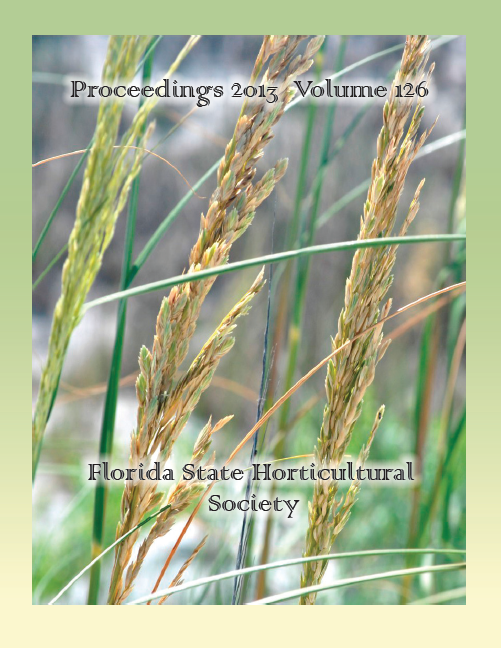Preliminary Study of the Differential Gene Expression in Jatropha curcasL. In Vitro Cultures Exposed to Microgravity
Abstract
Jatropha (Jatropha curcas L.) has been identified as a suitable species for biofuel production. However, breeding and genetic improvement programs are necessary. Microgravity is a unique environment for the assessment of genetic variation aiming at genetic improvement. The goal of this study was to evaluate the differential gene expression in in vitro jatropha cultures exposed to microgravity. Specific objectives included the evaluation and ranking of RNA isolation methods according to RNA quality and quantity for microarray analysis. In vitro cultures of two jatropha accessions (Brazil and India) were initiated from cotyledon (CO), leaf (L), and stem (ST) sections. Groups of eight petri dishes containing treatments (accession × explant tissue) were arranged in flight hardware and exposed to microgravity for periods varying from 14 to 111 d. Once returned, cultures were processed for RNA isolation and microarray analysis. Gene expression comparisons were performed between ground and orbit samples for the effects of medium and microgravity exposure time. The Plant Reagent protocol gave the highest mean yield in micrograms of RNA and it was almost 30 times greater than the mean concentration given from RNeasy mini kit protocol. The A260/280 ratio mean for the Plant Reagent protocol was higher than 2.0, which is a ratio generally accepted as “pure” for RNA. For all comparisons performed, between 9 and 522 genes were differentially expressed. Over 20% of those genes were expressed at higher levels by more than 2-fold. Differential gene expression was affected by culture medium, with higher levels of expression observed in orbit. Gene expression was also affected by exposure time to microgravity, with periods of 111 d showing higher expression levels. There were 29 genes with high expression levels that were expressed in at least two comparisons. Those genes showing differential gene expression and their importance are discussed. Differential gene expression in microgravity may assist in future jatropha genetic improvement programs.

